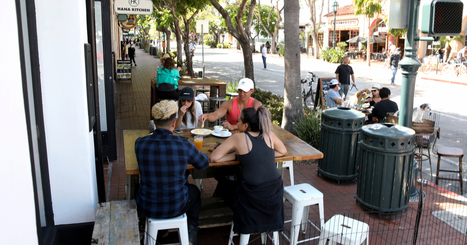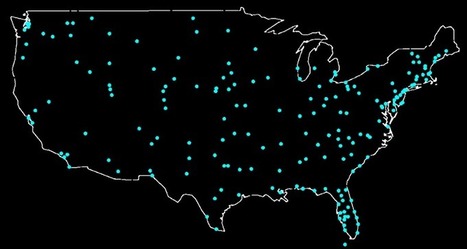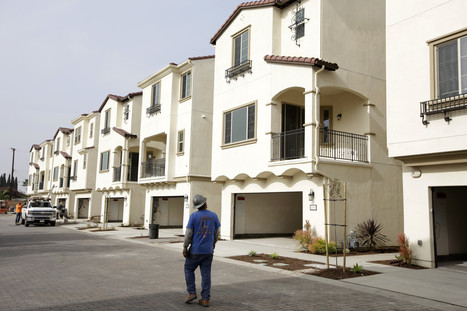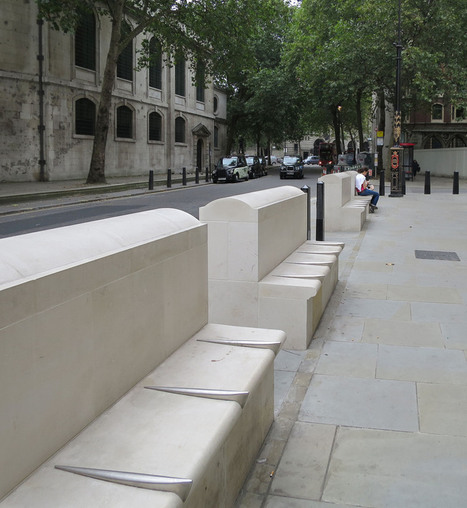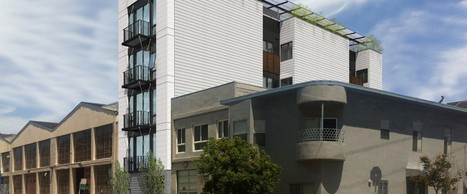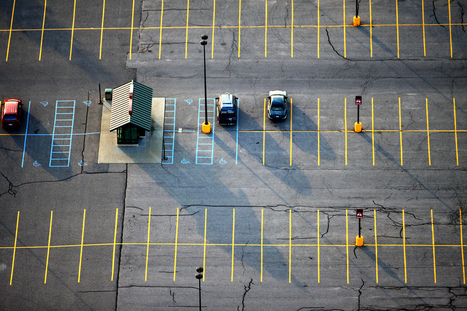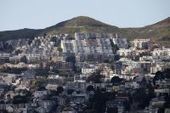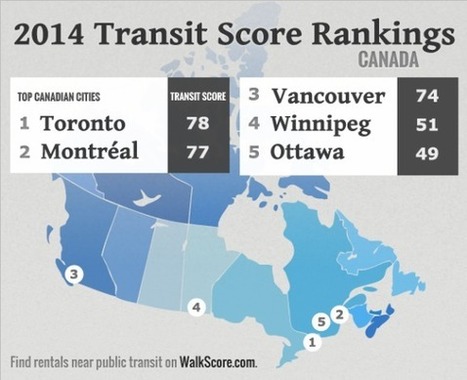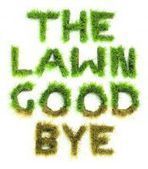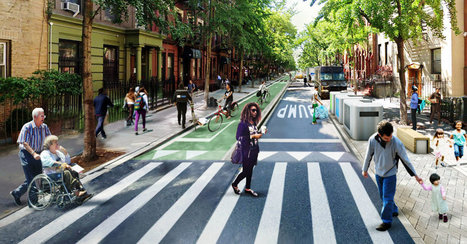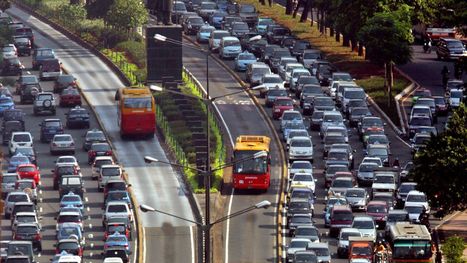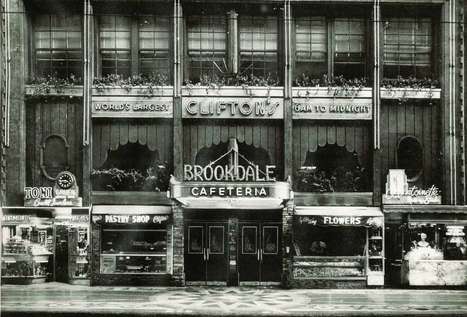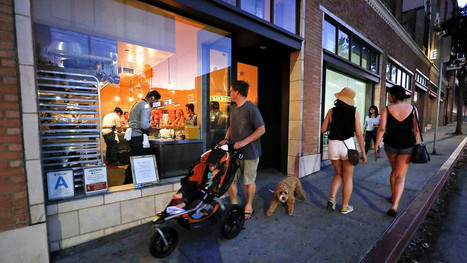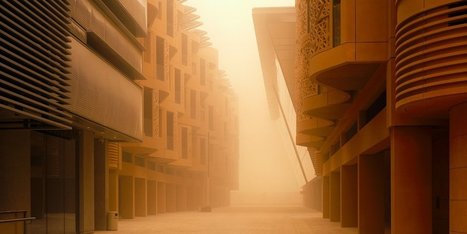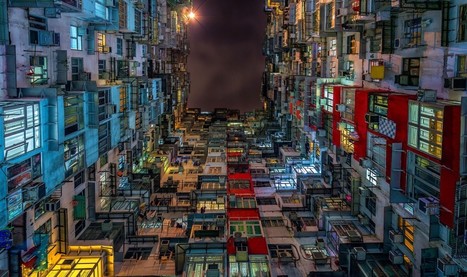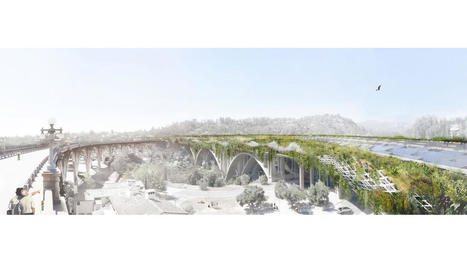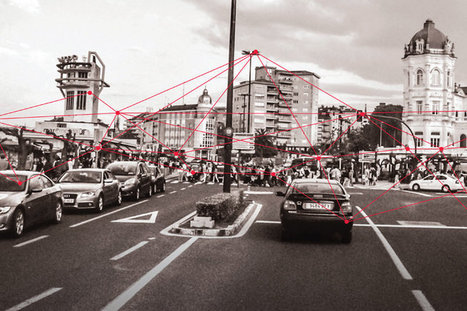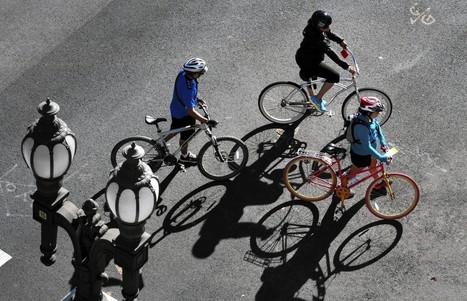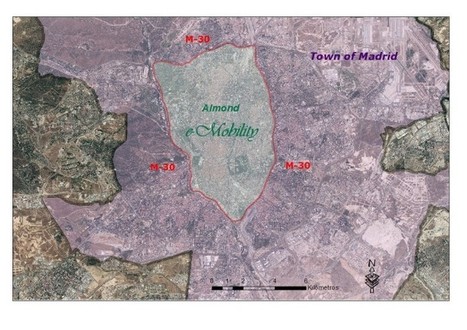 Your new post is loading...
 Your new post is loading...

|
Scooped by
PIRatE Lab
|
Santa Barbara architects ask community for thoughts on downtown.

|
Scooped by
PIRatE Lab
|
The coronavirus pandemic is remaking city landscapes worldwide, and the ultimate scope and duration of the changes will influence the future of urban mobility, pollution and even global oil demand. Driving the news: Many cities are changing street uses and restricting cars (to varying degrees) to create new and socially distant opportunities for pedestrians, cyclists and diners.
Some examples...
New York City has begun opening up to 100 miles of streets, while Oakland is altering the use of 74 miles and Seattle is permanently restricting 20 miles of streets.
London's mayor this month announced plans to "rapidly transform" city streets to handle more walkers and bikers, while major changes are underway in Paris too, where officials are planning hundreds of miles of new bike lanes.

|
Scooped by
PIRatE Lab
|
Healthcare expenditures in the USA are increasingly out of control. It’s not too surprising that we spend a lot on healthcare given that two thirds of us take prescription medicine, half of us have…

|
Scooped by
PIRatE Lab
|
Southern California developers are building affordable "infill" projects on under-utilized property in another strategy to address the region's housing shortage.

|
Scooped by
PIRatE Lab
|
Think your city doesn’t like you? You’re right.

|
Scooped by
PIRatE Lab
|
More than 150 years ago, Frederick Law Olmstead changed how Americans think about public space.

|
Scooped by
PIRatE Lab
|
Phoenix, not known for being green, is planting more trees.

|
Scooped by
PIRatE Lab
|
Opposition builds to a proposed Southwest L.A. skyscraper

|
Scooped by
PIRatE Lab
|
San Francisco's first Passive House apartment complex and California's first microgrid building is rising in the Mission Creek neighborhood of San Francisco

|
Scooped by
PIRatE Lab
|
"The episode begins with Stephen Dubner talking to parking guru Donald Shoup, a professor of urban planning at UCLA and author of the landmark book The High Cost of Free Parking. In a famous Times op-ed, Shoup argued that as much as one-third of urban congestion is caused by people cruising for curb parking. But, as Shoup tells Dubner, there ain’t no such thing as a free parking spot."

|
Scooped by
PIRatE Lab
|
[...] it does take a study to rank the city as the second-densest metropolitan area in the country - right behind our perpetually jealous East Coast stepsister New York City. According to "Measuring Sprawl 2014," a national study released Wednesday, when a city is more densely stacked with people and buildings, its residents have increased health and safety, better chances of upward economic mobility and lower transportation costs. While dense urban environments do have more car accidents, fewer of them result in fatalities according to the report, which was compiled by Smart Growth America, a Washington, D.C., coalition of groups advocating for city planning solutions,. Indexed by looking closely at four factors - development density, land use mix, street accessibility and activity centering - the city by the bay had a score of 194.28, just a smidge behind list-topper New York, which scored 203.36. Beyond avoiding deadly car accidents, the benefits reaped by people who live in cities with higher density include lower rates of obesity and diabetes, as well as lower blood pressure on average, the report said. For every 10 percent increase in a city's index score there is a nearly 5 percent increase in the likelihood that a child born into the bottom 20 percent of income distribution will ascend to the top 20 percent.
The 2014 Canadian Transit Scores are out...and Vancouver, BC clocks in as the third most transit-friendly city in the Great White North, narrowly bested by Toronto and Montreal. Pretty good, eh?
Canadian Transit Scores by...
Via Anita Woodruff

|
Scooped by
PIRatE Lab
|
With California facing its worst drought and water agencies throughout the state asking residents to cut back home water use, "it's the right thing to do," says Johnson, an avid fly fisherman who's attuned to water issues. With more and more competing demands for a limited water supply and tighter restrictions likely, maintaining a water-guzzling lawn is looking like the equivalent of driving a Hummer. The statewide figure covers a lot of variation; Charles Bohlig, East Bay Municipal Utility District water conservation supervisor, notes that although its customers use an average of 40 percent of their household water on lawns and gardens, house lots are larger and lawn irrigation use higher on the dry side of the East Bay hills. Lawn fertilizers give off nitrous oxide - a greenhouse gas 300 times more potent than carbon dioxide. John Greenlee, Brisbane landscape designer and author of "The American Meadow Garden" and an advocate of low-water landscaping, has been through big droughts in the '70s and '80s and believes this drought has brought California to a tipping point. What accounts for its tenacious cultural hold? "There's almost a visceral reaction to grass, the way it's soft and springy underfoot," says Brenzel. East Coast transplantThe East, where summer rains make lawns viable, was where influential 19th century landscape architects such as Frank Jessup Scott made the lawn a marker of prosperity and respectability and a key element of civic beautification. [...] in recent years, there's been a shift in attitudes toward lawns, says Kathy Kramer, founder and organizer of the East Bay's Bringing Back the Natives Garden Tour (see box), which for the past 10 years has spotlighted homes with mostly native, drought-tolerant plantings. People who are interested in saving money on their water bill, eliminating pesticide use, and enjoying nature right outside their home are moving toward this newer and, I think, more interesting, type of garden. Other options people are trying: ornamental plants from other Mediterranean climate zones, succulents, even "edible lawns" of heritage grains. The East Bay Municipal Utility District, which has asked its customers to cut home water use by 10 percent, recently green-lighted homeowner Michael Johnson's project as part of its conversion rebate program (see box). At a "Mow No Mo" workshop hosted by Johnson in March, participants will smother his turf under layers of pomace compost - the residue from grape pressing - cardboard and wood-chip mulch.
|

|
Scooped by
PIRatE Lab
|
Why do American cities waste so much space on cars?

|
Scooped by
PIRatE Lab
|
Los Angeles, if you think traffic on the 101 is bad, be thankful you don’t live in Jakarta — especially since the city did away with its controversial carpool rules.

|
Scooped by
PIRatE Lab
|
Greatest joy as a child was shopping downtown.

|
Scooped by
PIRatE Lab
|
Nobody walks in L.A., as the saying goes. But many people want to and will pay more to live in more walkable neighborhoods where they can stroll to work, shops and restaurants from home. It’s a rare luxury in most metropolitan areas and one worth thousands of dollars on average, according t

|
Scooped by
PIRatE Lab
|
In the mid-20th century, it was a railroad; now it’s a public park. Built in the 1930s, 30 feet above the streets of Manhattan, the High Line was crucial for transporting cargo. But with the decline of rail transportation, it closed in 1980 and was abandoned. Almost three decades later, it opened again -- this time, as a shared space for greenery, art and leisure. Jeffrey Brown reports.

|
Scooped by
PIRatE Lab
|
Photographer Etienne Malapert visited Masdar City, Abu Dhabi's first self-sufficient development project, and captured remarkable images of the empty streets.

|
Scooped by
PIRatE Lab
|
As part of an architectural series called Look Up, photographer Andy Yeung reveals the artistry of vertical human development and…

|
Scooped by
PIRatE Lab
|
Architect Michael Maltzan has a proposal to wrap the 134 Freeway as it crosses the Arroyo Seco with a tunnel-like form that produces power, captures stormwater and reduces noise and pollution.

|
Scooped by
PIRatE Lab
|
Where some see smart cities, others fear a new form of governance based on algorithms rather than human experience.
A new standard sets out the guiding principles for shifting away from the car and toward a walkable, cyclable city.
Via Anita Woodruff

|
Scooped by
PIRatE Lab
|
Californians aren't depending quite as heavily on cars for commutes and errands as they did a decade ago, according to a new survey by Caltrans .

|
Scooped by
PIRatE Lab
|
Smart City is abstract. It needs to be surnamed so that we can touch it. However, there is a clear trend in the new concept of growth. Although I do not like to
|
 Your new post is loading...
Your new post is loading...
 Your new post is loading...
Your new post is loading...




